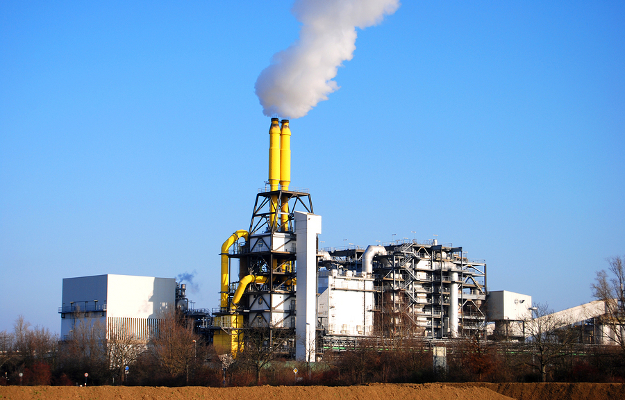Sweden’s waste management system is considered a global model, but it’s worth questioning whether it is truly the best choice for the environment. Even if Canada is moving to emulate this approach, it’s not necessarily the most appropriate decision for the planet.
Problems with Sweden’s Model
- Increased Reliance on Incineration
- Sweden processes more than 50% of its waste through incineration and uses the “Waste-to-Energy (WTE)” model to generate energy. However, incineration destroys recyclable resources and can emit pollutants and greenhouse gases into the air.
- While it reduces landfill waste in the short term, in the long term, it hinders recycling and resource circulation.
- Hindrance to Recycling
- Heavy reliance on incineration diverts recyclable waste into energy production, potentially lowering recycling rates. Although Sweden boasts high recycling rates, these numbers could be diluted by the high rate of incineration.
- Emission of Harmful Substances
- Although incineration facilities use filters to reduce the emission of harmful substances like dioxins and heavy metals, small amounts of emissions are still unavoidable. These emissions can harm the climate and the local environment.
- Contradiction to Zero Waste Philosophy
- Sweden’s approach focuses more on energy production from incineration than reducing waste at its source. This is fundamentally at odds with the “Zero Waste” philosophy, which aims to minimize waste generation itself.
Differences Between Canada and Sweden
Canada has vast land and abundant resources, making it less reliant on incineration.
- If Canada follows Sweden’s model, it may reduce landfill waste but face consequences like greater dependence on incineration and lower recycling rates.
A Better Direction: Building a True Circular Economy
Instead of emulating Sweden, Canada could pursue the following environmentally sustainable alternatives:
- Expanding Recycling and Reuse
- Prioritize recycling and reuse over incineration to build a stronger resource circulation system.
- Materials like plastic, glass, and metals should be converted into new products or reused as much as possible.
- Composting and Organic Waste Management
- Divert food and organic waste from incineration into composting programs. This reduces carbon emissions and contributes to healthier soil.
- Waste Reduction Policies
- Implement policies to reduce waste at its source, such as limiting plastic use and encouraging refillable containers.
- Supporting Zero-Waste Communities
- Invest in local initiatives that focus on reducing waste and developing advanced waste management technologies.
Conclusion
While Sweden’s model may effectively reduce landfill waste in the short term, it is not aligned with the ultimate goals of sustainable waste management. Instead of copying Sweden, Canada should prioritize minimizing waste generation and maximizing resource reuse to build a truly circular economy.
For the planet’s well-being, the goal should not merely be “reducing landfills,” but creating a system where waste generation is minimized, and resources are continuously reused.

No responses yet